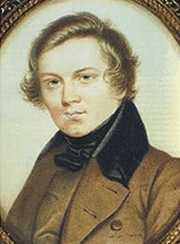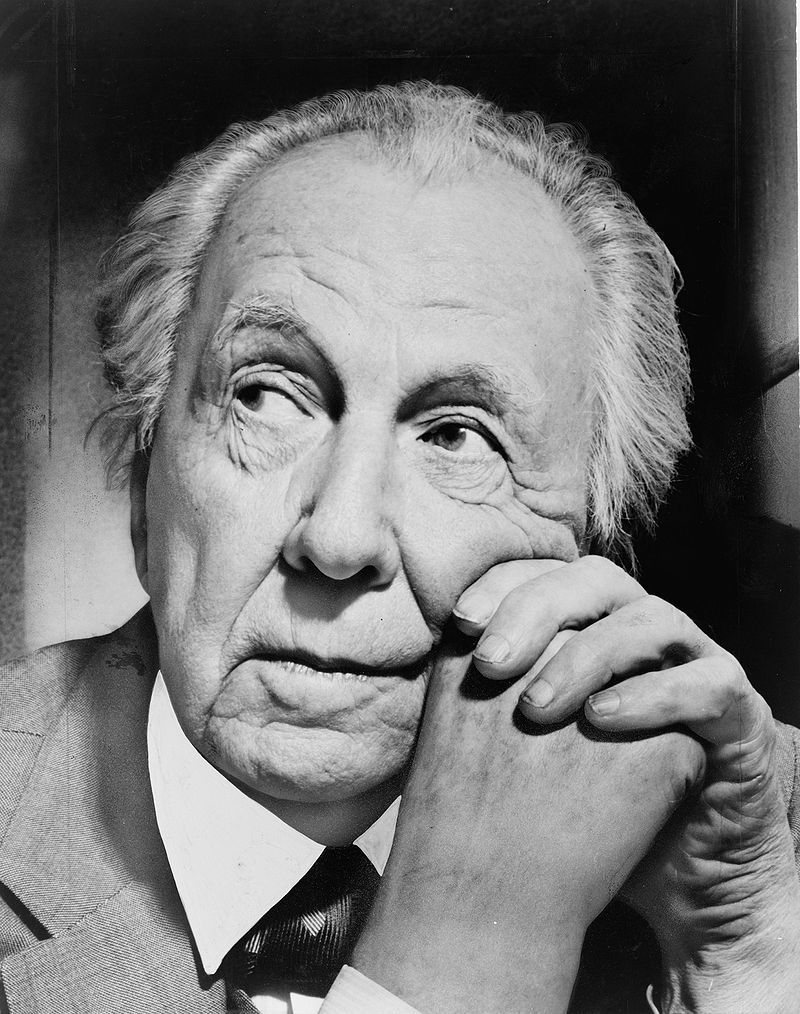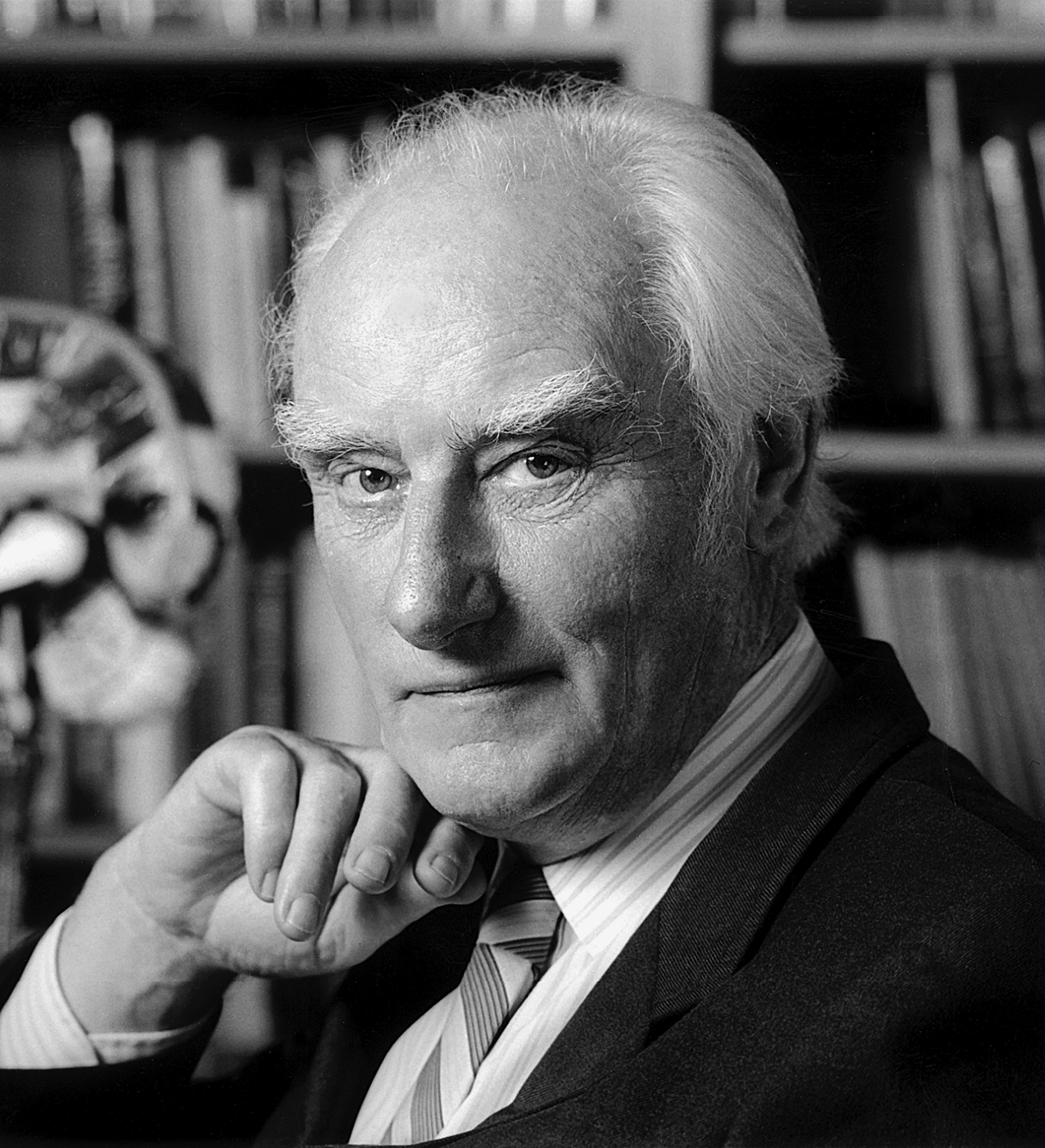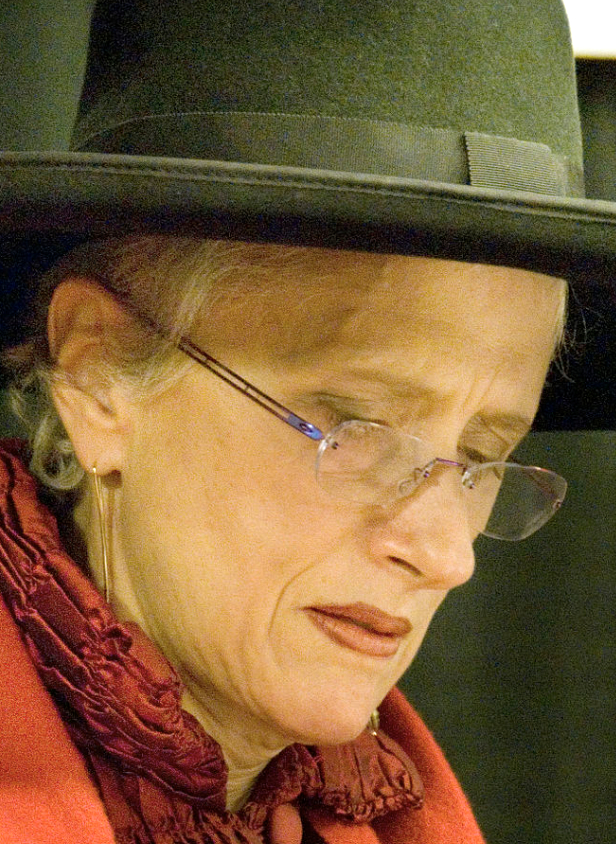June 8
Robert Schumann

On this date in 1810, Robert Schumann was born in Germany. His father was a bookseller and encouraged young Robert to read the humanistic works of Goethe and Byron. Schumann gave up Christian beliefs as a student. Schumann was educated at Leipzig and Heidelberg universities for a law career. Unable to resist the siren call of music, he first trained to be a pianist, then threw himself into composition.
He founded the publication Neue Zeitscrift fur Musik in 1834, which he edited for 10 years, an influential contribution to the promotion of progressive thought on music. His famous “Scenes from Childhood” was composed in 1838.
He married his beloved Clara Wieck, a talented concert pianist, in 1840. During his wedding year he composed 150 songs, many based on Romantic tales. In 1841 he turned to orchestral music, in 1842 to chamber music and in 1843 to choral music, including secular oratorio and Goethe’s “Faust.”
His lieder set to music words by such freethinking writers as Goethe, Heine and Kerner. Schumann had a devastating nervous breakdown, attended by hallucinations and suicidal impulses, in 1854. Although tended by Clara and his young protege and friend Johannes Brahms, Schumann did not recover, and died in a sanitarium two years later. D. 1856.
“Naturally they stopped at the Beethoven statue that Schumann had been visiting nearly every day; the monument was his church and his altar. ”
—Biographer Jan Swafford, on a goodbye walk Clara Schumann and Johannes Brahms took with Robert Schumann before checking him into a hospital at the end of his life. ("Johannes Brahms: A Biography," 1997)
Frank Lloyd Wright

On this date in 1867, Frank Lloyd Wright was born in Wisconsin, where he was raised with Unitarian and Transcendentalist beliefs, and as an admirer of all things Welsh by his mother, Anna Lloyd Jones. Wright spent time on his uncles’ farm near beautiful Spring Green and enrolled at 15 at the University of Wisconsin. He left the university for a job at a Chicago architectural firm, soon founding his own firm. He built 25 “Prairie style” homes and structures at Oak Park, Illinois, from 1889-1913.
His controversial personal reputation began in 1909 when he left his first wife and six children to run off with the wife of a client, Mamah Borthwick Cheney. Wright built Taliesin (Welsh for “shining brow”) for her in Spring Green, and they lived there for two years. In 1914, a crazed servant from Barbados set fire to Taliesin, and stood by the exit door with an ax, where he hacked to death Mamah, her two children and four neighbors. The grief-stricken Wright built Taliesen II, which also became the apparent target of arson, then rebuilt Taliesen a third and final time.
His many famous structures include the Imperial Hotel, Tokyo; The Guggenheim Museum, New York; Taliesen West, his Arizona winter headquarters; the Marin County Civic Center; Price Tower; the Monona Terrace Convention Center, Madison, Wis. (built more than a half-century after it was first designed), and a series of lower-priced residential homes in the “Usonian” style, which he promoted during the Depression. Wright’s “organic architecture” was a major influence on American architecture, including its low-pitched roofs, extended lines and open living spaces.
His very first work was Unity Chapel, a lovely, secular-looking building with simple lines, found in Spring Green. He buried Mamah there and was buried there himself, with a Unitarian minister reading from Emerson: “Who so would be a man would be a nonconformist.” Wright had a pantheist-like reverence for nature. “Ugliness” was his idea of “sin,” he told a reporter in 1955. He joined the First Unitarian Society in Madison, Wis., after designing its famous building in 1947-1950. D. 1959.
“I prefer to say that nature is the only body of God that we shall ever see.”
—"Truth Against the World: Frank Lloyd Wright speaks for an organic architecture," ed. Patrick J. Meehan (1987)
Francis Crick

On this date in 1916, Francis Crick was born in Northampton, England. He studied physics at University College, London, earned a B.Sc. in 1937, and began research for a Ph.D., which was interrupted by the outbreak of World War II. He served as a scientist for the British Admiralty, which he left in 1947 to study biology. He joined the Medical Research Council Unit in Cavendish Laboratory Cambridge, and obtained a Ph.D. in 1954.
He met James Watson in 1951 and together they proposed the double-helix structure for DNA by 1953. In 1962, he, Watson and Maurice Wilkins won the Nobel Prize in Physiology or Medicine for their long-awaited breakthrough in determining the structure and replication scheme of DNA. Rosalind Franklin, who died in 1958, is now often credited as a co-discoverer.
Crick taught at various universities, including Harvard, Cambridge and University College, London, and became a non-resident Fellow of Salk Institute for Biological Studies in San Diego. In a book recapping his career, What a Mad Pursuit, Crick writes candidly of his rejection of religion. As a school boy, “I was a skeptic, an agnostic, with a strong inclination toward atheism.” D. 2004.
“I realized early on that it is detailed scientific knowledge which makes certain religious beliefs untenable. A knowledge of the true age of the earth and of the fossil record makes it impossible for any balanced intellect to believe in the literal truth of every part of the Bible in the way that fundamentalists do. And if some of the Bible is manifestly wrong, why should any of the rest of it be accepted automatically?”
—Crick, "What Mad Pursuit: A Personal View of Scientific Discovery" (1988)
Tim Berners-Lee

On this date in 1955, Tim Berners-Lee was born in London. He became interested in computers while he studied physics at Oxford University. After his graduation in 1976, Berners-Lee became a software engineer. While working at CERN, the European Particle Physics Laboratory in Geneva, Switzerland, he wrote a program called Enquire.
Enquire allowed Berners-Lee to compile links to various files on his computer for personal use. Its development was integral to Berners-Lee’s proposal for the World Wide Web in 1989, allowing users to globally share information.
Berners-Lee is responsible for helping invent some of the Internet’s most basic tools: the Uniform Resource Locator (URL), Hypertext Transfer Protocol (HTTP) and Hypertext Markup Language (HTML), and for creating the first web server, browser and web page. He was later named director of the World Wide Web Consortium at the Laboratory for Computer Science at the Massachusetts Institute of Technology.
Berners-Lee was raised in the Church of England but began questioning religion as a teen. He says that his rejection of religion “relieved a great tension.” (The Telegraph, Mar. 30, 2008) He became a Unitarian. On a 1998 web page titled “WWW and UU and I,” he described the appeal of Unitarianism: “Unitarian Universalists … allow or even require their belief to be compatible with reason. They are hugely tolerant.”
Asked several years later by Mathias Döpfner, Axel Springer publishing CEO, if he believed in God, Berners-Lee replied, “Not in the sense of most people. I’m atheist and Unitarian Universalist.” (Business Insider, May 17, 2017)
“I rejected [Christianity] just after being ‘confirmed’ and told how essential it was to believe in all kinds of unbelievable things.”
—Berners-Lee, “WWW and UU and I" (1998)
Sara Paretsky

On this date in 1947, Sara Paretsky was born in Ames, Iowa. She earned her doctorate in history from the University of Chicago in 1968, later followed by an M.B.A. After graduating she began writing crime fiction. Paretsky is most famous for her series of 21 novels featuring female Chicago detective V.I. Warshawski. The series started with Indemnity Only (1982). The latest, as of this writing, is Shell Game (2019). Paretsky is passionate about social justice and women’s rights and worked as a community organizer in Chicago during the 1966 race riots.
In 1986 she founded Sisters In Crime, an organization that supports female mystery writers. She was named 1987 Woman of the Year by Ms. Magazine. Her numerous other awards include the Gold Dagger from the British Crime Writers for the best novel of 2004. She married Courtenay Wright, a retired physics professor, in 1976.
She was raised in a Jewish family and practices some Jewish traditions, such as Yom Kippur, but has otherwise lost her faith. Paretsky opposes religion’s intrusion into science. In her memoir, Writing in an Age of Silence (2007), she wrote about “the roadblocks put up by religion” to women’s access to birth control and abortion.
Paretsky spoke on Freethought Radio on June 2, 2011, about her family’s protest of a mandatory Christian revival at her public high school. She said: “The local paper published their names and their phone number and urged people to call them and tell them to go back where they came from, which was southern Illinois for my father and Brooklyn, New York, for my mother. It is amazing to me how quickly people can be stirred to behave in really vile ways, even though they may most of the time be warm and loving and decent people.”
Paretsky in 2009; photo by Mark Coggins under CC 2.0.
“I’m at the atheist end of the agnostic spectrum.”
—Paretsky blog post, saraparetsky.com (Sept. 26, 2009)
